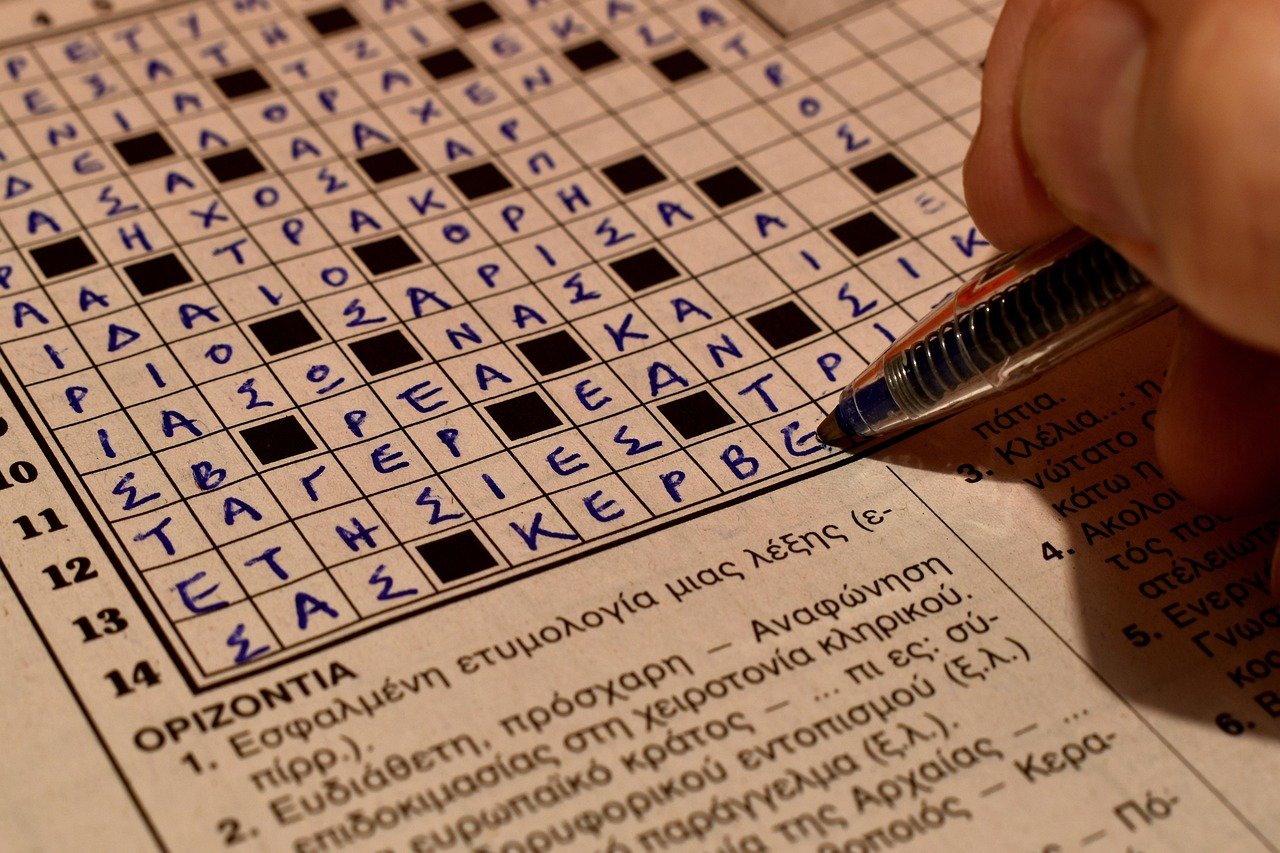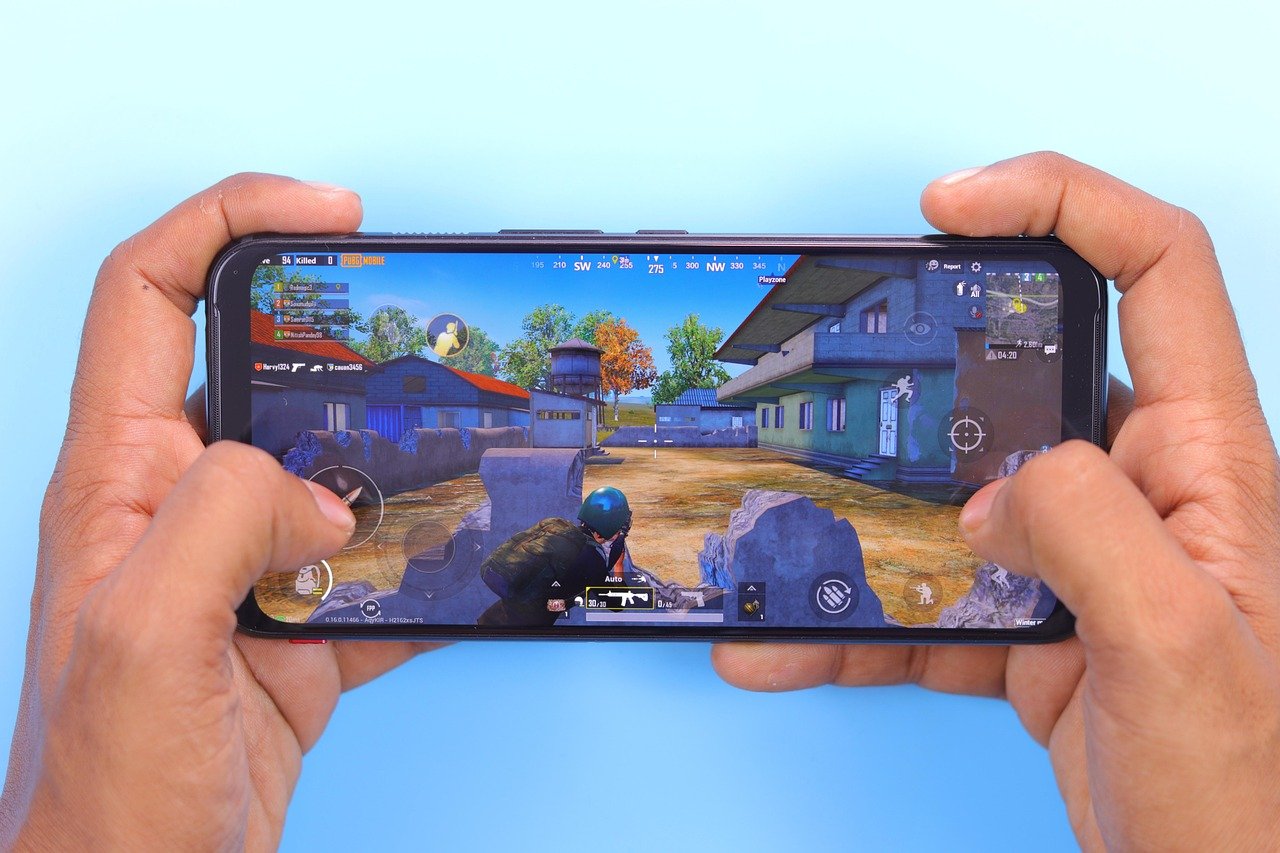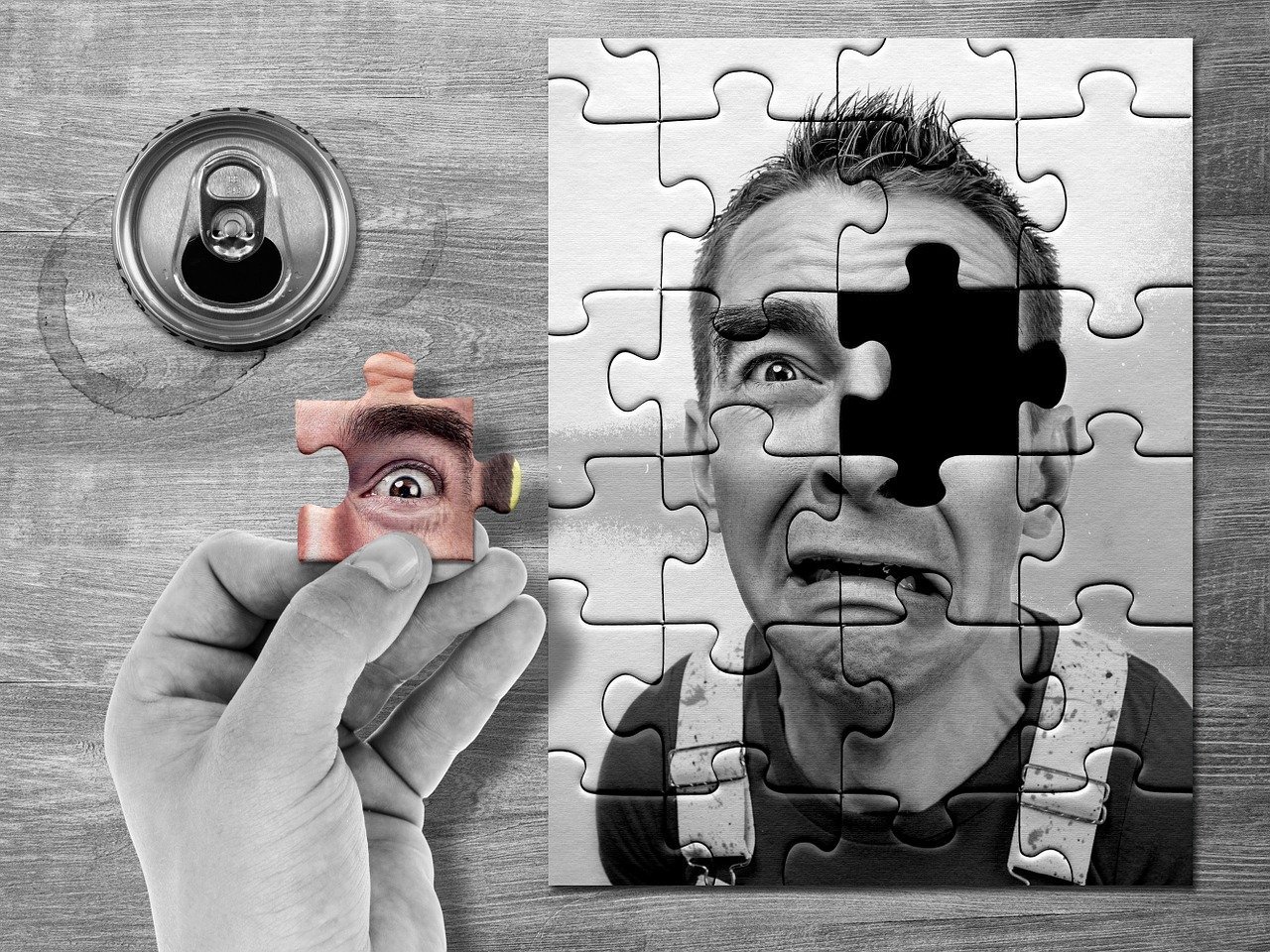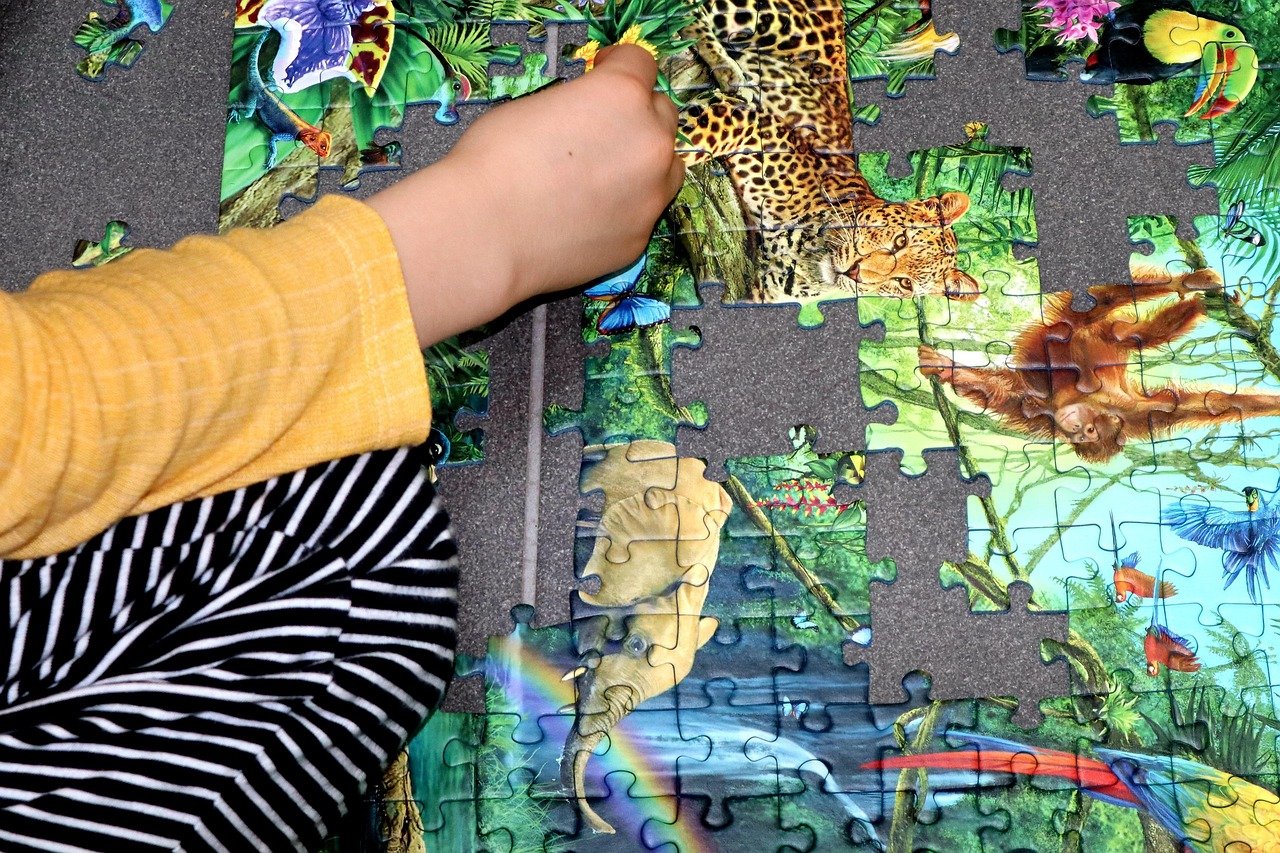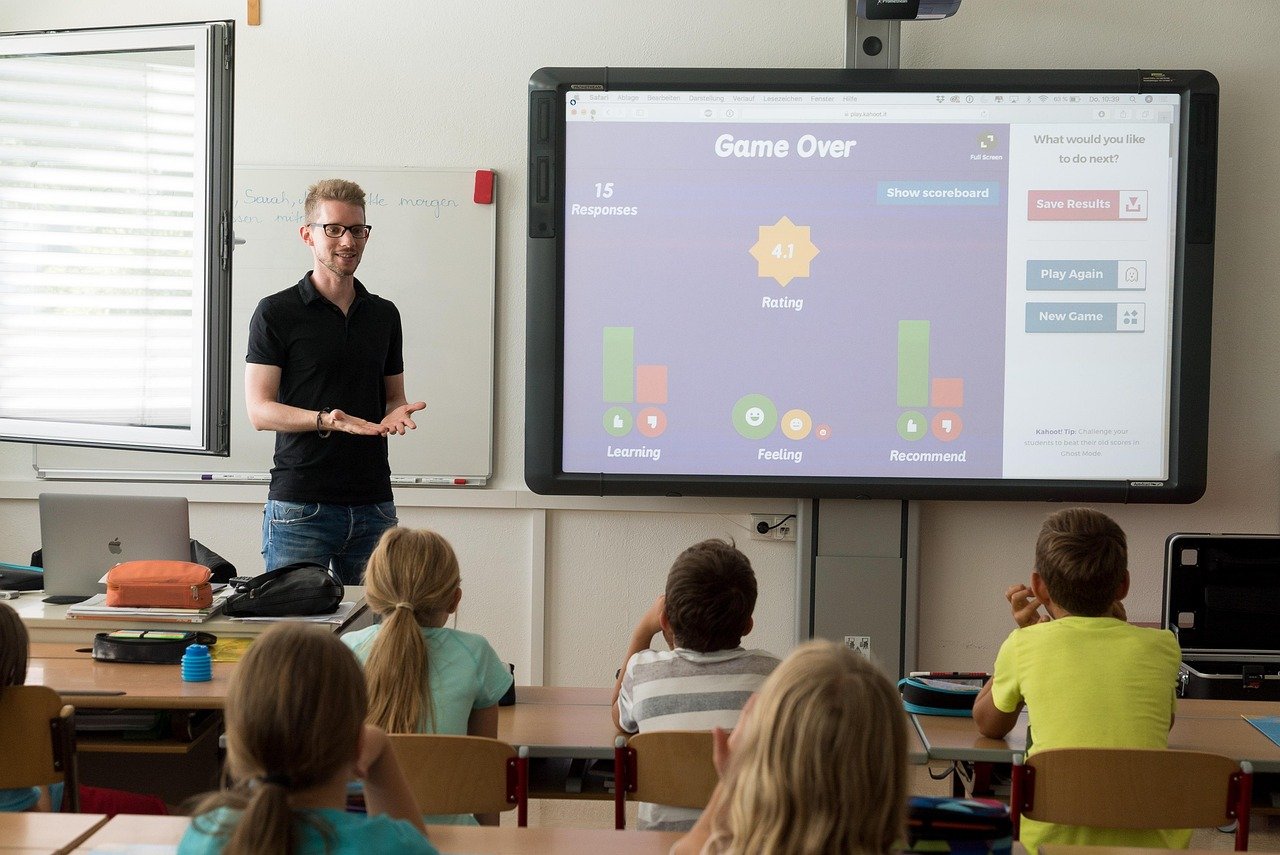The New York Times crossword puzzle stands as a colossus in the world of word games, a daily ritual for millions that blends linguistic dexterity with cultural literacy. Among its vast lexicon of clues and answers, certain phrases achieve a legendary status, resonating far beyond the confines of the puzzle grid. One such phrase is the enigmatic pairing often encountered by solvers: “this one and that one”. This construction is not merely a clue but a cultural touchstone within the puzzle-solving community, a signature move in the arsenal of the NYT’s editors, particularly during the tenure of the legendary Will Shortz.
Understanding the “this one and that one NYT” clue structure is to understand a fundamental aspect of what makes the Times crossword both revered and occasionally challenging. It represents a specific class of wordplay that demands more than a large vocabulary; it requires a shift in perspective and an ability to see language as a playful, malleable tool. This exploration goes beyond a simple definition. We will dissect the mechanics of these clues, explore their prevalence and evolution, and equip you with the strategic thinking needed to solve them confidently. The recurring appearance of “this one and that one NYT” puzzles underscores their importance as a cornerstone of the modern crossword experience.
The Anatomy of a Classic: Deconstructing the “This One and That One” Clue
At its core, the “this one and that one NYT” formulation is a type of indirect clue. It does not ask for a direct definition but instead points to a relationship between two entities, often leveraging homophones, abbreviations, or common phrases.
The Basic Structure:
The clue typically follows a pattern like:
- “With 61-Across, ‘this one and that one’”
- “‘This one and that one’ in a phrase”
- “Words before ‘this one and that one’”
The answer is rarely a single word. It is almost always a two-word phrase where the first word can be interpreted as “this one” and the second as “that one.”
A Prime Example:
Imagine the clue is “With 64-Across, ‘this one and that one’” and 64-Across is a four-letter word. The solver must realise that the answer is a common phrase. In this case, the intended answer is often THIS AND THAT. The word “THIS” represents “this one”, and the word “THAT” represents “that one”. The clue is brilliantly self-referential, pointing to its own answer.
Common Variations and Answers:
The “this one and that one NYT” construct is versatile. Beyond the classic “this and that”, it can point to other paired phrases:
- HEE AND HAW: Referring to the sounds of a donkey, where “hee” is this one and “haw” is that one.
- TIC AND TAC: As in the toe of a golf club or part of “tic-tac-toe”.
- POTS AND PANS: Where “pots” are these ones and “pans” are those ones.
- INS AND OUTS: The intricacies of a situation.
- PROS AND CONS: The arguments for and against something.
The genius of this clue type lies in its simplicity and its demand for abstract thinking. The solver must abandon a literal interpretation and embrace a meta-linguistic approach, seeing words as objects themselves.
The Shortz Era: Cementing a Crossword Convention
While wordplay has always been a part of crosswords, the prevalence and specific style of the “this one and that one NYT” clue are deeply intertwined with the leadership of Will Shortz, who became the puzzle editor in 1993. Shortz, a trained enigmatologist, ushered in an era of increased creativity and accessibility, encouraging constructors to employ more contemporary language, pop culture references, and clever misdirection.
This clue type fits perfectly into the Shortz philosophy. It is:
- Accessible: The answer phrases are common, everyday terms.
- Clever: It provides a satisfying “aha!” moment upon solving.
- Consistent: It follows a recognisable pattern, making it a learnable trick for regular solvers.
The frequency of “this one and that one NYT” puzzles has made it a staple. For seasoned solvers, encountering such a clue is a familiar hurdle, one they are prepared to overcome. It acts as a kind of shibboleth, separating novice solvers from veterans who are fluent in the unique language of the Times crossword.
Beyond the Grid: The Cultural Footprint of a Crossword Clue
The influence of the “this one and that one NYT” clue extends beyond the puzzle page. It has seeped into the vernacular of the crossword community, becoming a meme and a topic of discussion on forums like Reddit’s r/crossword and crossword blogs.
Solvers often share their weekly experiences, and a tricky “this one and that one NYT” clue is a frequent point of conversation. It might be celebrated for its elegance or playfully mocked for its overuse. This discourse highlights how a specific clue construction can become a shared cultural reference point, a familiar inside joke among a global community of enthusiasts. The phrase “this one and that one NYT” itself has become a search term, as puzzled solvers turn to the internet for explanation and validation, further cementing its status in the digital lexicon.
Mastering the Game: Strategies for Solving “This One and That One” Clues
For those looking to improve their solve times and success rates, developing a strategy for this specific clue type is essential. Here is a step-by-step approach to demystifying the “this one and that one NYT” puzzle.
- Recognise the Pattern: As soon as you see a clue containing ‘this one and that one’ or a close variation, trigger your mental checklist for this specific puzzle type. Awareness is half the battle.
- Check for Cross-References: Often, the clue will be split across two answers (e.g., “With 61-Across…”). Immediately look at the numbered answer it references. The length of the answer and any letters you already have from crossing words will be your biggest clues.
- Think in Pairs: Brainstorm common two-word phrases where the words are analogous or opposites. Examples include:
- Binary Opposites: ins and outs, pros and cons, ups and downs, left and right.
- Rhyming Pairs: hee and haw, tic and tac, pitter and patter.
- Common Couplings: pots and pans, knife and fork, thunder and lightning.
- Binary Opposites: ins and outs, pros and cons, ups and downs, left and right.
- Consider the Context: Look at surrounding clues and answers. The puzzle’s theme often provides guidance. A culinary theme might point toward POTS AND PANS, while a decision-making theme might lean toward PROS AND CONS.
- Embrace the Meta: Remember that the clue points to the words themselves. “This one” is the first word of the answer phrase, and “that one” is the second. This self-referential loop is key to unlocking the solution.
With practice, resolving a “this one and that one NYT” clue changes from a frustrating obstacle into a satisfying, familiar puzzle within the puzzle.
The Evolution of Wordplay: From “This and That” to Modern Misdirection
The “this one and that one NYT” construction is a classic example of a crossword trope, but the Times puzzle is constantly evolving. Modern puzzles might feature more complex forms of misdirection, such as
- Hidden Wordplay: Where the answer is hidden within the clue itself.
- Rebus Puzzles: Where a single square requires multiple letters to form a symbol or word.
- Cultural Deep Cuts: References requiring niche knowledge from music, film, literature, or internet culture.
However, the enduring presence of the “this one and that one NYT” clue demonstrates the lasting power of a simple, elegant, and effective linguistic trick. It serves as a foundational lesson in crossword logic, teaching solvers to think laterally before graduating to more devious forms of wordplay.
Frequently Asked Questions (FAQs)
Q: Why does the New York Times use “this one and that one” clues so often?
A: This clue type is a reliable and clever form of wordplay that aligns with the NYT’s style under Will Shortz. It’s accessible yet requires a moment of insight, providing a satisfying “aha!” moment without being overly obscure. Its pattern is easily recognisable to regular solvers, making it a staple of the puzzle’s construction.
Q: I’m new to crosswords. How can I get better at solving these?
A: Exposure and pattern recognition are key. Solve more puzzles to internalise common answer phrases like THIS AND THAT, PROS AND CONS, INS AND OUTS. When you see the clue, brainstorm these paired phrases and check the cross-referenced answer for letter length.
Q: Are there other similar types of clues I should know?
A: Yes. Clues containing “maybe” or “perhaps” often indicate a pun or playful definition. Clues ending in a question mark usually signify a pun or misdirection. Phrases like “on the side” can indicate abbreviations. Learning these conventions is essential for proficient solving.
Q: Is there a resource that tracks the usage of these clues?
A: Crossword databases and solver communities like Crossword Nexus, XWord Info, and the r/crossword subreddit discuss specific clues. Searching for “this one and that one NYT” will yield numerous examples and discussions.
Conclusion: The Enduring Legacy of a Puzzle Pillar
The “this one and that one NYT” clue is far more than a recurring gimmick; it is a fundamental thread in the rich tapestry of the New York Times crossword. It exemplifies the puzzle’s core mission: to challenge, educate, and entertain through the ingenious manipulation of the English language. This particular construct teaches solvers to approach words not just as vessels of meaning but as playful objects that can be pointed to, split apart, and recombined.
From clever, self-referential mechanics to its status as a cultural meme among enthusiasts, the phrase “this one and that one NYT” has secured its place in crossword history. It is a testament to the editorial vision of Will Shortz and the creative minds of the constructors who continue to find fresh ways to deploy this classic device. Whether you greet it with a groan of recognition or a smile of anticipation, its appearance in the grid is a reminder of the consistent, clever, and communal experience the Times puzzle provides. Next time you encounter this iconic clue, pause and appreciate the elegant wordplay at work, a true hallmark of the world’s most famous crossword.
